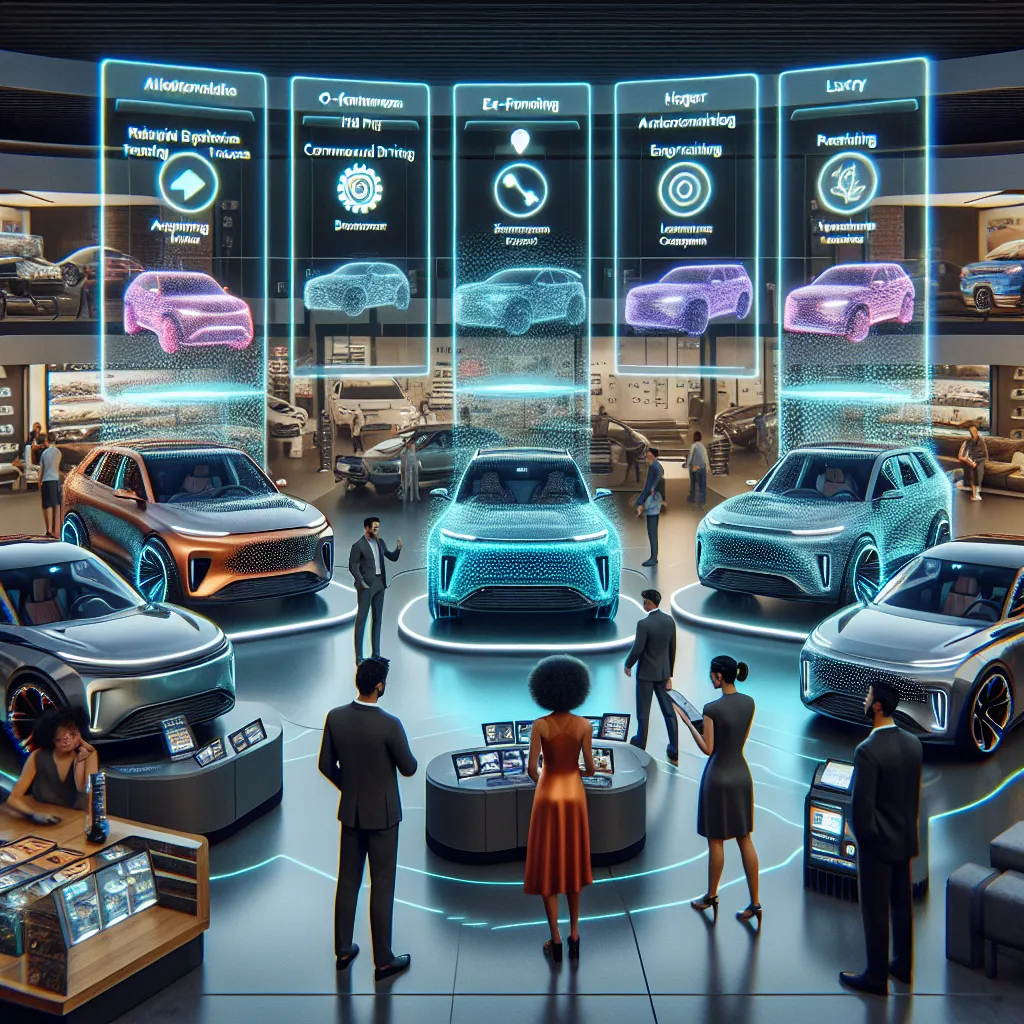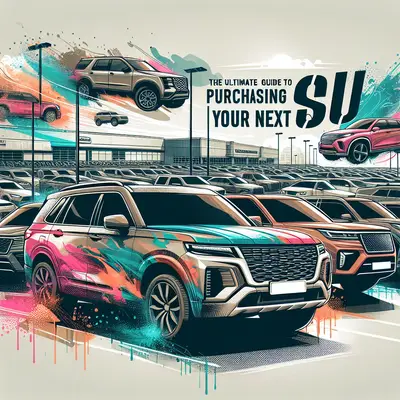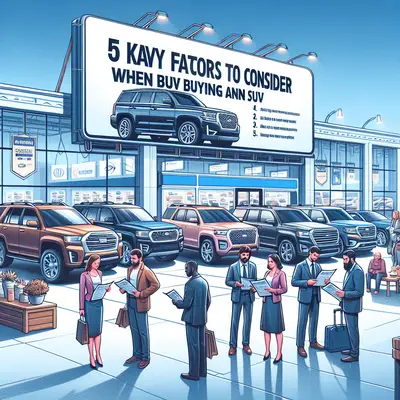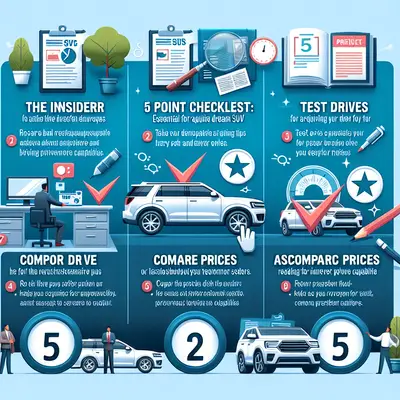1. Electrifying Performance
Electric SUVs are no longer a novelty. They've graduated from being a fringe trend to a mainstream option, offering powerful performance backed by clean, sustainable energy. Modern electric SUVs are boasting impressive ranges, fast-charging capabilities, and powerful torque. Brands like Tesla, Rivian, and Ford are leading the charge with models offering ranges over 300 miles, rivaling their gasoline counterparts.
2. Autonomous Driving Capabilities
The dream of self-driving cars is fast becoming a reality, with advanced driver-assistance systems (ADAS) being the stepping stone to fully autonomous vehicles. SUVs are now equipped with features like adaptive cruise control, lane-keeping assist, and autonomous emergency braking. More advanced systems like Tesla's Autopilot and Cadillac's Super Cruise offer semi-autonomous driving capabilities, heralding the future of hands-free driving.
3. Enhanced Connectivity
In a hyperconnected world, SUVs are transforming into sophisticated mobile devices. The integration of infotainment systems with smartphone mirroring capabilities like Apple CarPlay and Android Auto is now standard. Higher-end models offer Wi-Fi hotspots, wireless charging, and cloud-based services like real-time traffic updates and remote vehicle control. These features elevate the driving experience and offer unprecedented levels of convenience and utility.
4. Reinventing Space Utilization
The advent of electric powertrains and autonomous driving technologies has allowed automakers to rethink traditional SUV design. With no engine or drivetrain components to accommodate, designers can maximize interior space, offering flexible seating arrangements, expansive cargo space, and innovative storage solutions. This reimagined utilization of space is redefining the versatility of SUVs, making them even more appealing to a broad range of buyers.
5. Safety Innovations
Safety is a paramount concern in the SUV segment. The latest models are incorporating a suite of advanced safety features, including pedestrian and cyclist detection, blind-spot monitoring, and rear cross-traffic alert. Moreover, the use of high-strength steel and advanced crumple zone designs are enhancing structural safety. These innovations are contributing to higher safety ratings and offering greater peace of mind to drivers and passengers alike.
Conclusion
Purchasing an SUV in 2025 is not just about choosing a vehicle; it's about embracing the future of mobility. By understanding these five key trends — electrification, autonomous driving, enhanced connectivity, reinvention of space, and safety innovations — you can make an informed decision that aligns with your lifestyle, needs, and aspirations. The future of SUVs is here, and it's more exciting than ever.



